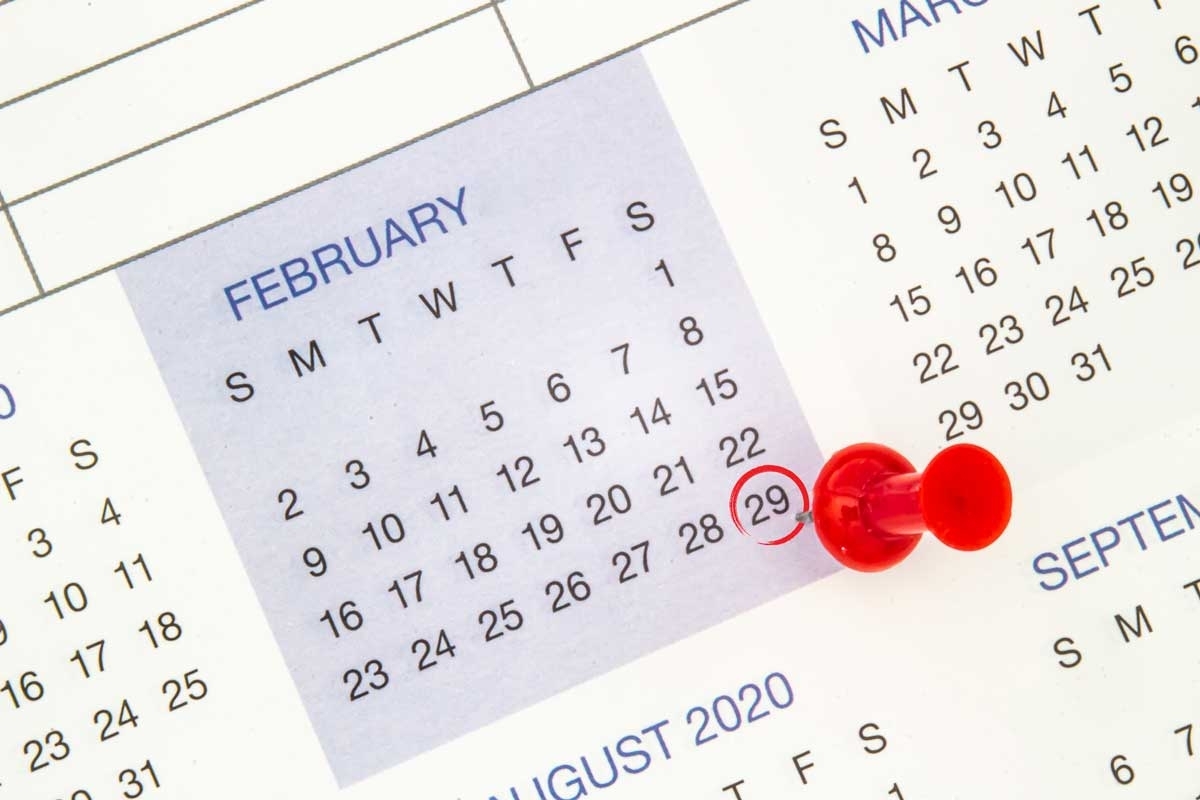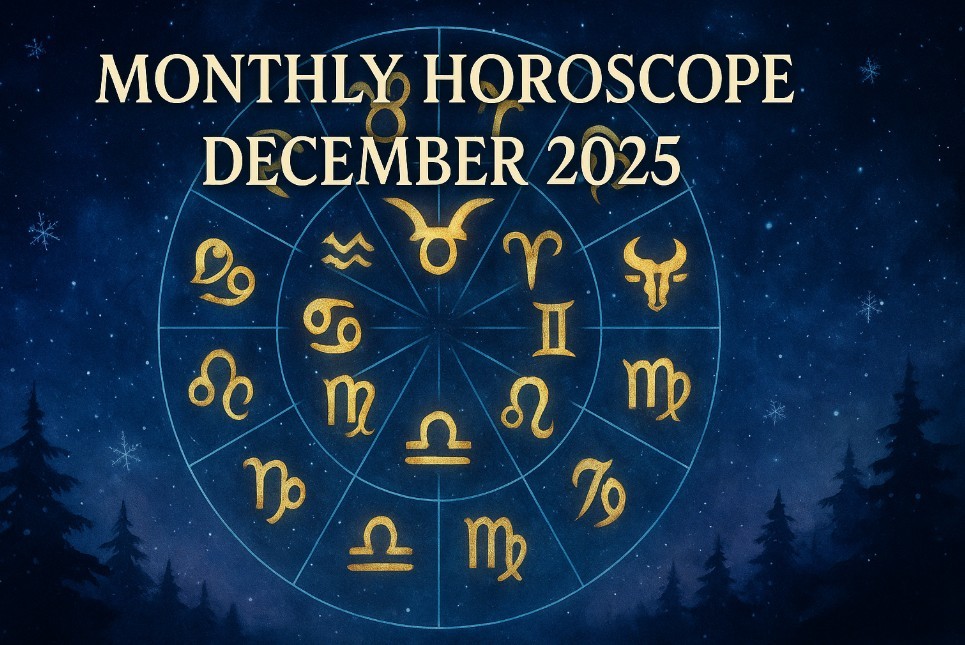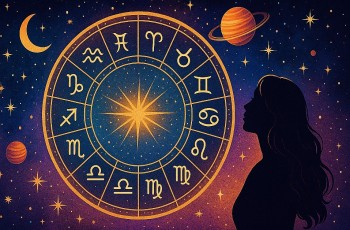How Many Hours Are in a Year? Common and Leap Years
 How Many Hours of Sleep Do You Need? Science-Backed Guidelines by Age Group How Many Hours of Sleep Do You Need? Science-Backed Guidelines by Age Group |
 How Many Hours Should I Study Each Day? A Science-Based Guide by Age and Goal How Many Hours Should I Study Each Day? A Science-Based Guide by Age and Goal |
 |
| How Many Hours Are in a Year |
We live by the hour, plan by the day, and structure our goals by the year—but have you ever stopped to wonder: how many hours are in a year? While the answer seems simple, the reality involves leap years, timekeeping conventions, and astronomical precision.
In this guide, we’ll explore how time is calculated, reveal how many hours are in both leap and common years, and provide practical insights into how this affects daily life, work, and global systems.
Read more: How Many Hours Are in Each Month? Common Year and Leap Year Variations
Total Hours in a Year: Quick Answer
-
Common Year (365 days): 365 × 24 = 8,760 hours
-
Leap Year (366 days): 366 × 24 = 8,784 hours
While the difference is only 24 hours, the impact on calendars, contracts, energy billing, and science is significant.
How the Calendar Defines Time
We use the Gregorian calendar, adopted in 1582 to replace the Julian system. It better aligns the calendar year with the Earth’s orbit around the Sun.
-
Earth's solar year = ~365.2425 days
-
To keep calendars synced with the seasons, we insert an extra day (February 29) every 4 years
Leap Year Rule Recap:
-
Divisible by 4 → leap year
-
Divisible by 100 → not a leap year
-
Divisible by 400 → leap year again
Example: 2000 = leap year; 1900 = not; 2024 = leap year
Common Year vs Leap Year: Key Time Conversions
| Measurement | Common Year (365 days) | Leap Year (366 days) |
|---|---|---|
| Hours | 8,760 | 8,784 |
| Minutes | 525,600 | 527,040 |
| Seconds | 31,536,000 | 31,622,400 |
These figures are essential in computing annual wages, energy consumption, and planning industrial operations.
 Why Is There A Leap Year? Why Is There A Leap Year? |
Breakdown of Time by Units
Per Day
-
1 day = 24 hours
-
1 hour = 60 minutes = 3,600 seconds
Per Week
-
1 week = 7 days = 168 hours
-
52 full weeks = 364 days → 8,736 hours
-
Remaining 1 or 2 days = 24–48 extra hours annually
Per Month (Average)
-
Average month = 30.44 days
-
30.44 × 24 = 730.56 hours per month (approximate)
Hours in Each Month (Common Year)
| Month | Days | Hours |
| January | 31 | 744 |
| February | 28 | 672 |
| March | 31 | 744 |
| April | 30 | 720 |
| May | 31 | 744 |
| June | 30 | 720 |
| July | 31 | 744 |
| August | 31 | 744 |
| September | 30 | 720 |
| October | 31 | 744 |
| November | 30 | 720 |
| December | 31 | 744 |
| Total | 365 | 8,760 |
In leap years, February has 29 days (696 hours), making the total 8,784 hours.
Why These Calculations Matter
Knowing how many hours are in a year affects:
-
Employment Contracts: Hourly workers are paid based on 2,080 work hours per year (52 × 40)
-
Energy & Utilities: Billing often uses kWh/year or MWh/year
-
Astronomy: Time tracking for planetary orbits and telescopic data
-
Finance: Annual interest and depreciation formulas may rely on daily/hourly compounding
-
Time Management: Helps create realistic yearly goals, track habits, or manage projects
How Many Working Hours Are in a Year?
| Calculation | Result |
| 40 hrs/week × 52 weeks | 2,080 hrs |
| Accounting for holidays (~10 days) | ~2,000 hrs |
Use this baseline to estimate annual earnings, hiring costs, or team capacity.
Astronomical Perspective: Julian vs Sidereal Year
-
Julian Year (used in astronomy): 365.25 days = 8,766 hours
-
Sidereal Year: 365.25636 days = ~8,766.15 hours
While the calendar serves human convenience, astronomers use more precise models for planetary movements.
FAQs: Common Questions About Yearly Hours
Q: Is 8,760 hours always correct?
A: No. It applies to common years. Leap years have 8,784 hours.
Q: How many workdays are in a year?
A: Typically 260 workdays (52 weeks × 5 days), minus national holidays.
Q: Why isn’t every fourth year a leap year?
A: To fix calendar drift. Years divisible by 100 aren’t leap years unless divisible by 400.
Q: What is the average number of hours per year over a 4-year cycle?
A: (3 × 8,760 + 8,784) / 4 = 8,766 hours/year on average.
Q: How many hours do I sleep in a year?
A: 8 hours/day × 365 = 2,920 hours; leap year = 2,944 hours.
Conclusion: Time Is a Constant We Calculate Carefully
Understanding how many hours are in a year is more than trivia—it’s the foundation for scientific precision, labor laws, personal productivity, and business planning.
Whether you're calculating payroll, energy usage, or simply wondering how many productive hours you get annually, knowing the breakdown between common and leap years matters.
-
Common year = 8,760 hours
-
Leap year = 8,784 hours
Time is the great equalizer—we all get the same 24 hours each day. But what you do with your hours over the year? That’s where the difference lies.
 How Many Hours Work Legally In Canada and International Students How Many Hours Work Legally In Canada and International Students What are maximum hours allowed to work in a week and in a day in Canada today and working hours for foreign students in canada! |
 How Many Hours Work Legally In The UK and International Students? How Many Hours Work Legally In The UK and International Students? What are maximum working hours per week in the UK and working hours for international students - Working in UK While Studying! |
 How Many Hours Work Legally In New Zealand and Foreign Students How Many Hours Work Legally In New Zealand and Foreign Students How many hours a week are allowed to work in New Zealand? How many hours can international students work legally? |























